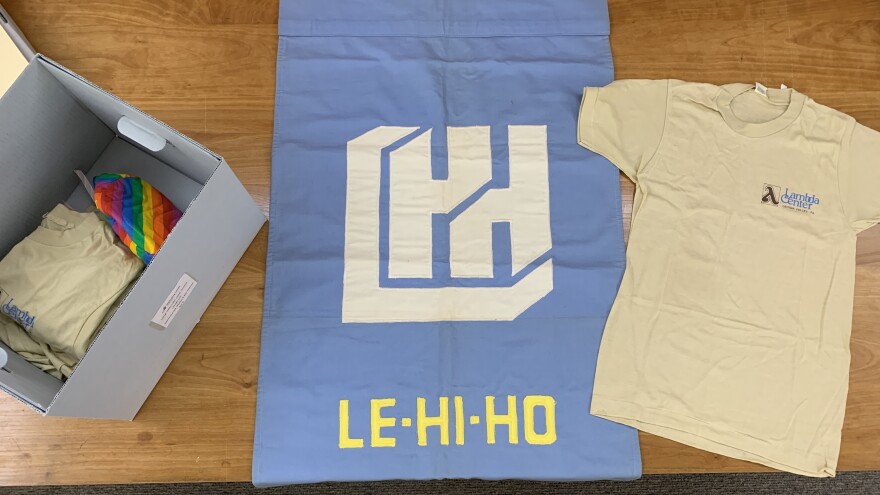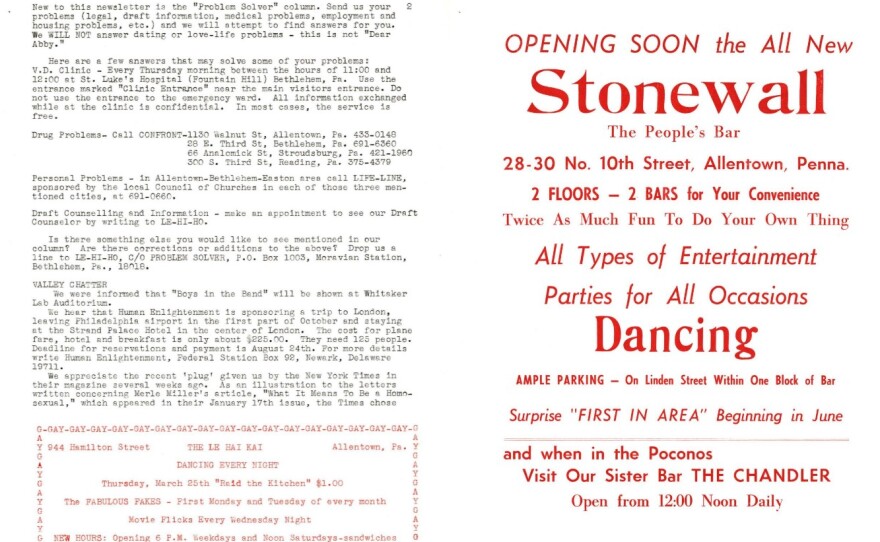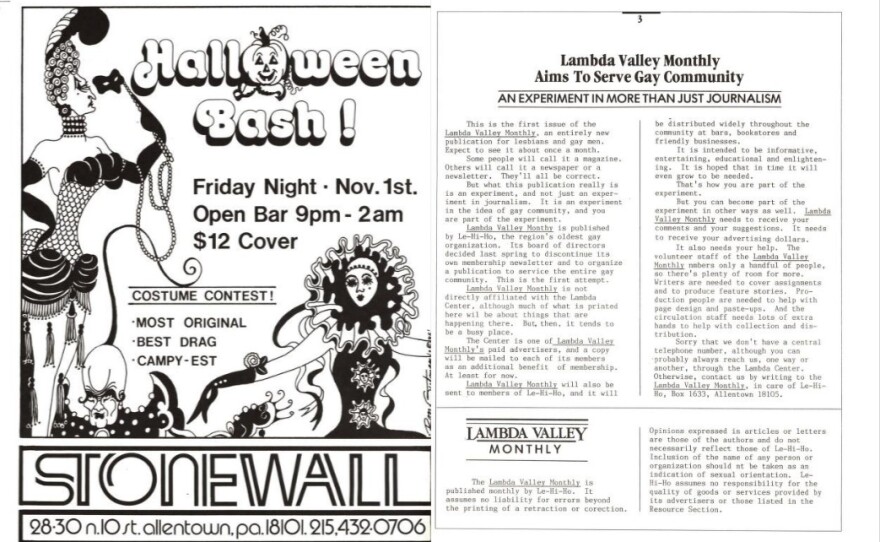EDITOR’S NOTE: This is the first of a three-part series on LGBTQ history in the Lehigh Valley, during Pride Month.
ALLENTOWN, Pa. — Two flights down from the main floor of Muhlenberg College’s Trexler Library, behind a mechanized door, are shelves full of gray, acid-free boxes.
The boxes make up the Lehigh Valley LGBT Community Archive, which is owned by the Bradbury-Sullivan LGBT Community Center.
- The Lehigh Valley LGBT Community Archive tells the story of the LGBTQ community in the Lehigh Valley
- The archive's earliest records go back to the spring of 1969, when local homophile organization Le-Hi-Ho was formed
- The archives also contain records of the Lambda Center, an Allentown-based community center for LGBTQ people
The archive contains photographs, handwritten notes, organizational records, newsletters and more that together tell the story of LGBTQ people’s lives in the region.
Bradbury-Sullivan Center Digital Archives Assistant Tiersa Curry said some people don’t understand why the archivists want these things.
“They’ll be like, ‘Really?’” Curry said.
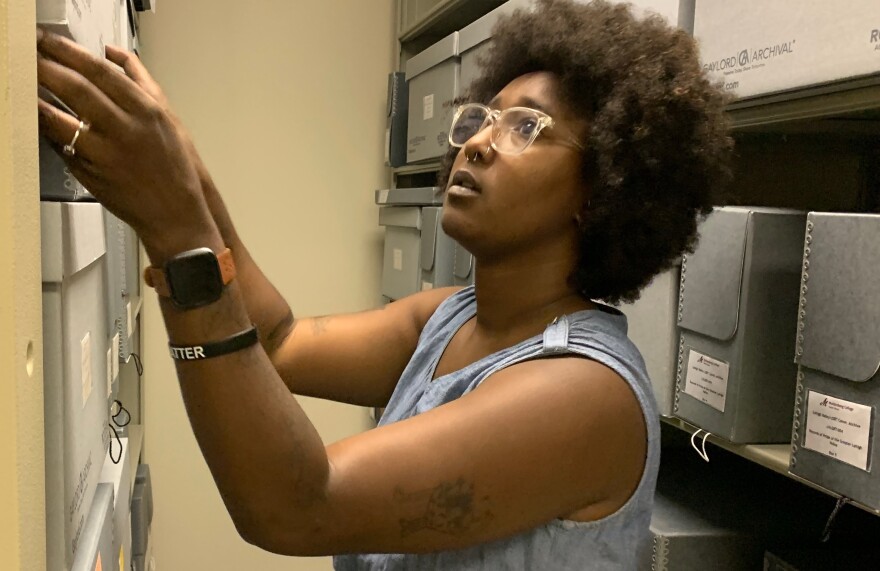
But Curry said it’s important to preserve them because they help LGBTQ people see themselves in history.
MORE : Part 2 of the series — What the LGBTQ Community Archive has to say about the Lehigh Valley's response to the HIV/AIDS crisis
“When I was growing up, I didn't really think that there was a lot of queer things that were going on where I lived,” Curry said. “For me, it gives me hope and pride to know that there were people back then who were doing the exact same things that people are doing now, and having fun while doing it.”
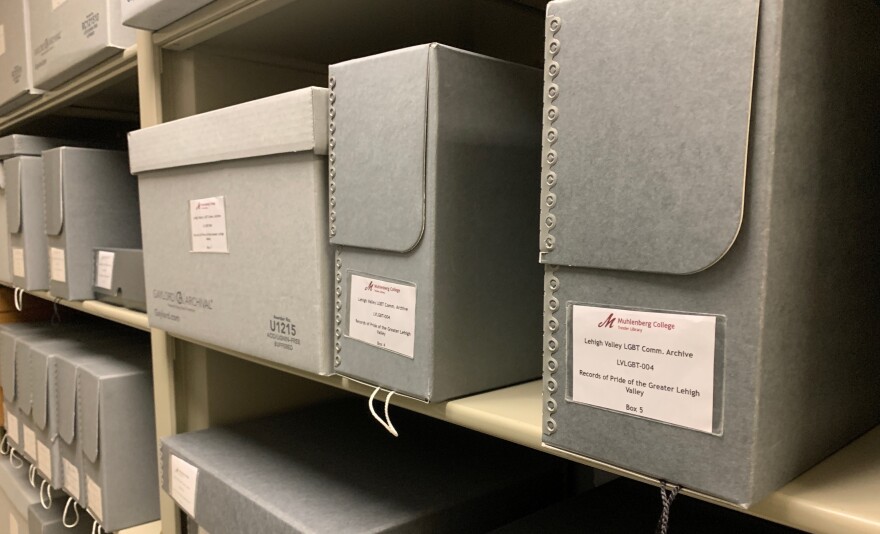
Mary Foltz, an associate professor of English at Lehigh University and collaborating scholar with the Bradbury-Sullivan Center, helped create the center’s oral history collection. It contains interviews from people who are and were leaders in the local LGBTQ community.
Foltz said she thinks there has not been enough focus on preserving the history of LGBTQ life outside of large cities.
"We do not yet know LGBTQ+ history in the U.S. We frankly do not know it.”Mary Foltz, associate professor of English at Lehigh University and collaborating scholar with Bradbury-Sullivan Center
“One of the really sad things for me, and also exciting things, about LGBTQ+ history is we focus so intently on New York City, or Philadelphia or San Francisco,” Foltz said.
“We have not spent enough time in smaller regional communities where we live, uncovering that history and giving voice to our elders, recording their stories. And so we do not yet know LGBTQ+ history in the U.S. We frankly do not know it.”
That is why Curry, Foltz and others have worked to preserve what is known about the Lehigh Valley LGBTQ community's past — and are trying to find new material for the archives.
For Pride Month, LehighValleyNews.com will highlight key moments in that history, identified through archival research and interviews with the people who lived them.
Le-Hi-Ho
The first known LGBTQ organization in the Lehigh Valley was the Lehigh Valley Homophile Organization, known as “Le-Hi-Ho,” according to Foltz. She said there may have been previous groups, but the archives do not have any earlier records.
The group was created in spring 1969, just before the historic Stonewall uprising, the New York City riot against police harassment that is widely seen as the start of the modern-day LGBTQ rights movement.
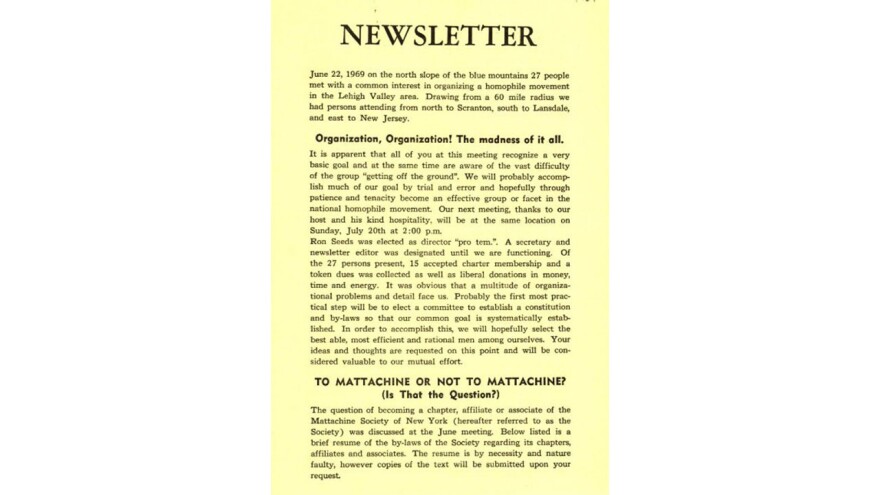
Le-Hi-Ho mostly served as an alternative social scene to the gay bars for gay men, according to the oral history of Joseph Burns, who was one of the first members of the organization. The group held a monthly social hour for members to connect.
“I think that was a very important aspect, and a very important difference that made it such an important organization,” Burns said in his oral history.
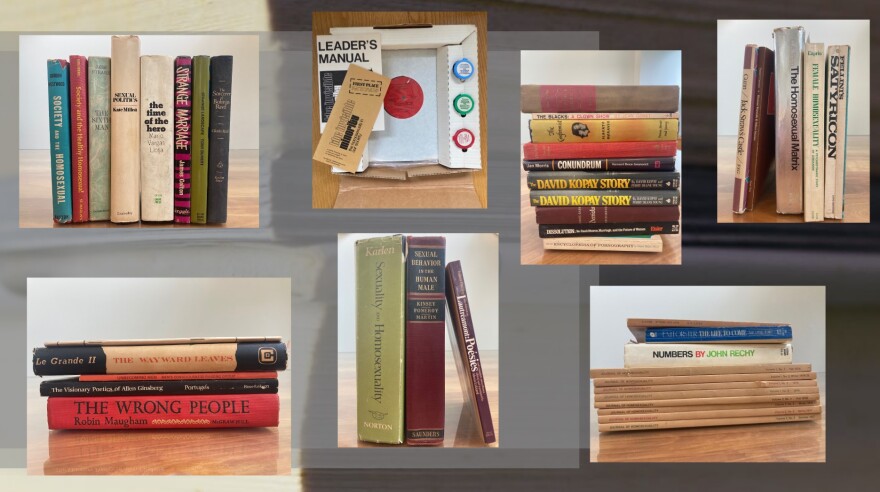
The organization had a library of about 250 books, as well as many articles and pamphlets, related to homosexuality, according to descriptions of the group in the archives.
The group also produced monthly newsletters outlining future events and community news.
Foltz, the Bradbury-Sullivan Center collaborating scholar, said the newsletters also discussed legislation and literature related to LGBTQ people.
“They reported on what medical doctors were saying about our community, which mattered,” Foltz said. “Because if you had a doctor publish a book that was sympathetic to LGBTQ+ people, they would report, ‘Well, this kind of gives us hope people will stop seeing us as deviants.’”
‘The future is only optimistic’
Members of Le-Hi-Ho participated in Christopher Street Liberation Day, a march held in 1970 in New York City to commemorate the one-year anniversary of the Stonewall uprising.
The organization had a speaker’s bureau, in which members went to local colleges, medical professionals, counselors and clergy members to speak about homosexuality and gay liberation, according to descriptions of the group in the archives.
Bob Wittman, a former reporter for The Morning Call who was on Le-Hi-Ho’s board, said in an interview that the organization did that “very quietly” — it tended not to advertise the bureau, and people mostly heard of it through word of mouth.
Members of Le-Hi-Ho lobbied state and local lawmakers for legislation that would protect gay people from discrimination.
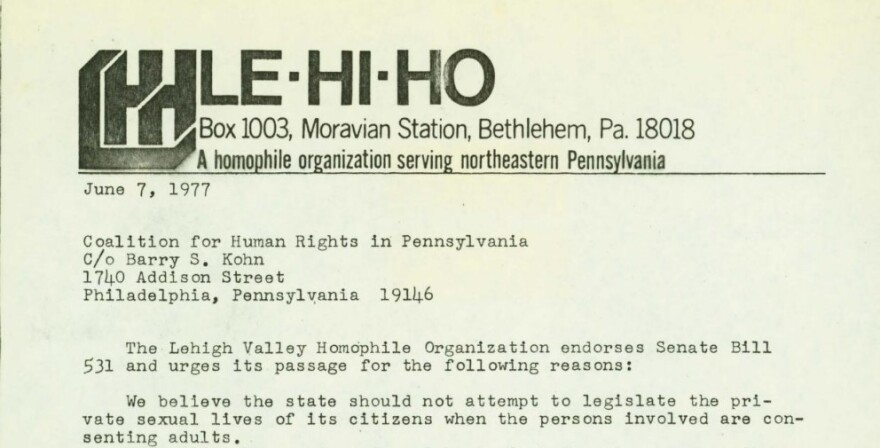
But Wittman said that, in general, the organization shied away from political fights.
“We were up against an awful lot,” Wittman said. “And none of us, because of our personal lives, were willing to go out as far as we knew that we — that somebody should. So we did a lot of stuff, but we did it within constraints.”
A description of the group from the January 1981 newsletter said because of the social stigma, people did not have to be publicly open about their sexuality in order to join.
“The enormous pressures society still places on gay men and women severely affects gay people in the Lehigh Valley,” said the description.
“As a result, the progress made by Le-Hi-Ho in fulfilling its goals has been at times slow, but always steady, and the future is only optimistic.”
The first community center
The Lehigh Valley’s first community center for the LGBTQ community started 34 years before Bradbury-Sullivan opened its doors.
In 1981, local professor and Le-Hi-Ho board member Paul Kendell decided there should be a place other than bars for gay people to gather. So he formed a committee that would later open Lambda Center, according to Wittman.
The Lambda Center opened in 1984. It was near 8th and Hamilton streets in Center City Allentown, where the ADP building is now, Wittman said.
 Wittman_LambdaCenter_1984 07 Sep 1984, Fri The Morning Call (Allentown, Pennsylvania) Newspapers.com
Wittman_LambdaCenter_1984 07 Sep 1984, Fri The Morning Call (Allentown, Pennsylvania) Newspapers.com
It was on the second floor up a long flight of stairs, and it was down the hall from a hairdresser, so it often smelled of perm solution.
“It was a little dowdy,” Wittman said.
But it was always busy, Wittman said, as people began to form many committees within the center that held meetings and programs. It also hosted a hotline for people to call in with questions related to the LGBTQ community.
Le-Hi-Ho began to meet at the center as well, and the organization's newsletter turned into the Lambda Valley Monthly, although they were still produced by Le-Hi-Ho.
Wittman’s husband Frank Whelan, a former Morning Call writer who was a member of the center’s board, said the center would host speakers to educate members on subjects like LGBTQ history and how to include their partners in their wills.
In general, he said the purpose of the Lambda Center was to help give gay people a sense of self worth and belonging.
“We were doing things that give gay people perspective,” Whelan said. “It's not just you out there at the bar, and the guy you picked up tonight. It is your feeling of being a member of a gay community.”
But just as that community was emerging, and around the same time as the Lambda Center was forming, a new health threat was emerging that would change the landscape of the LGBTQ community in the Lehigh Valley — and the world — forever.
COMING TOMORROW: The gay community emerges, and just as it does, so does the AIDS crisis in the Lehigh Valley.

